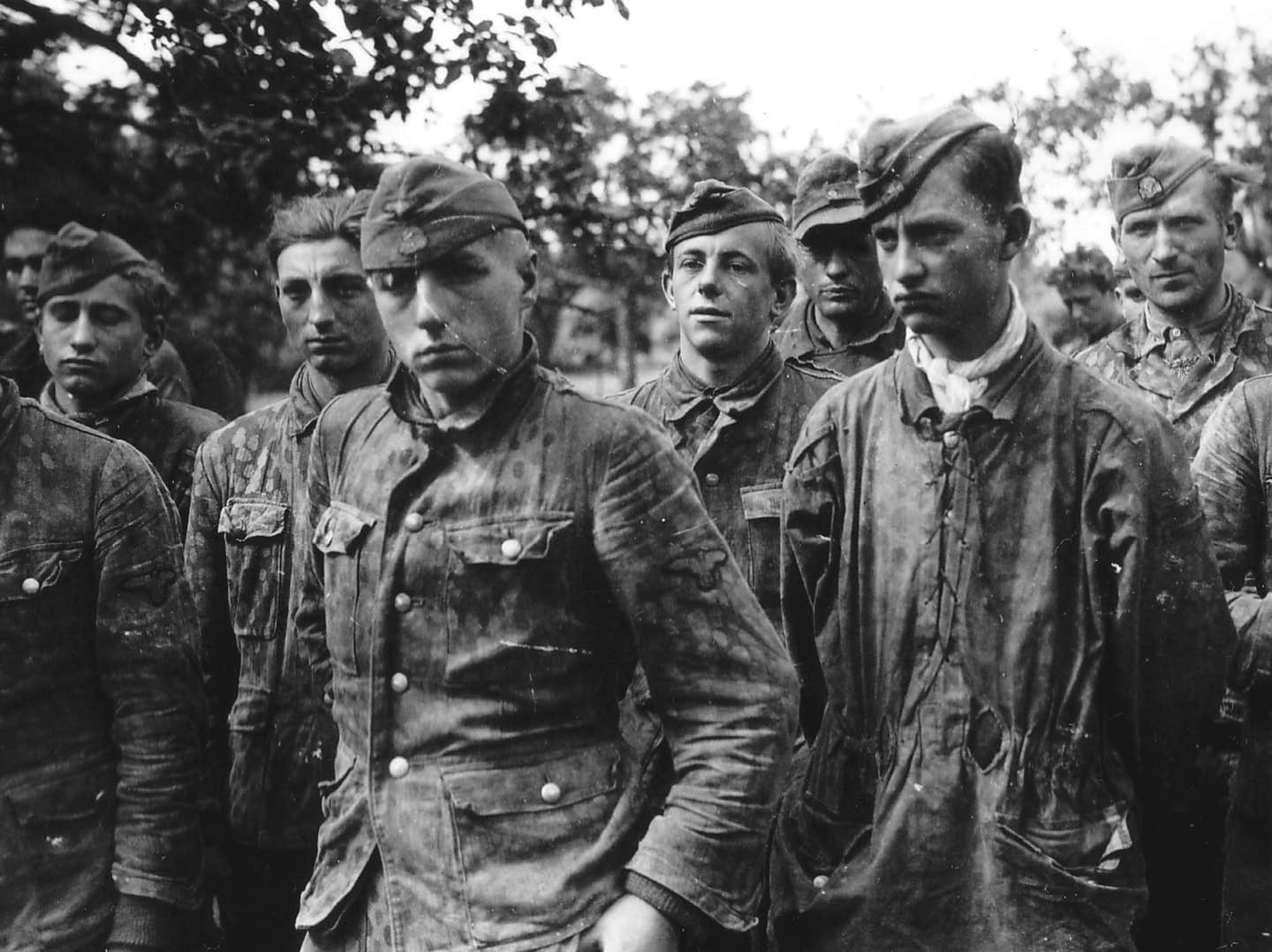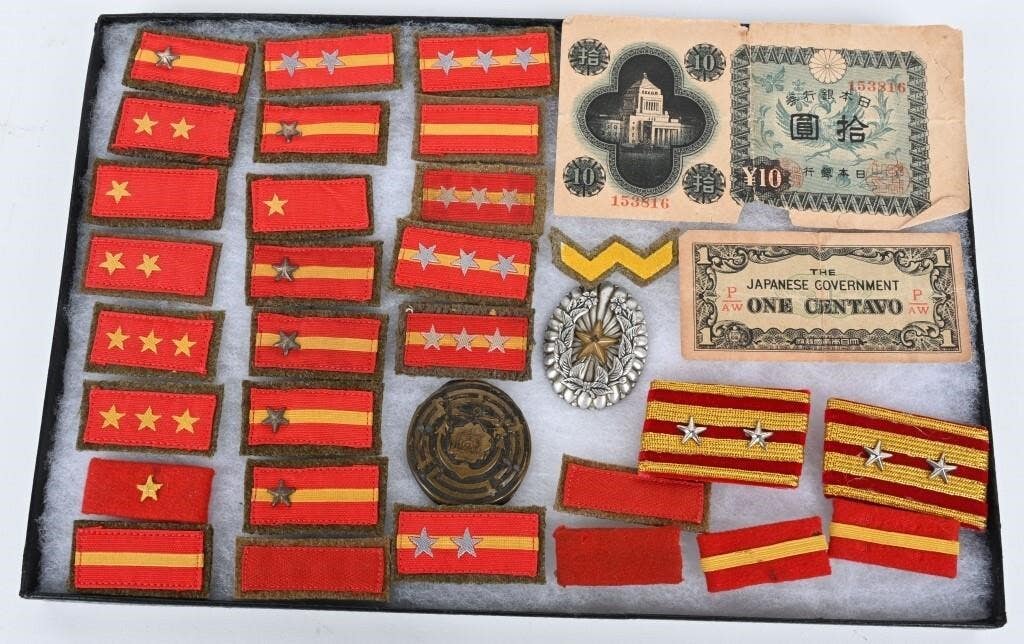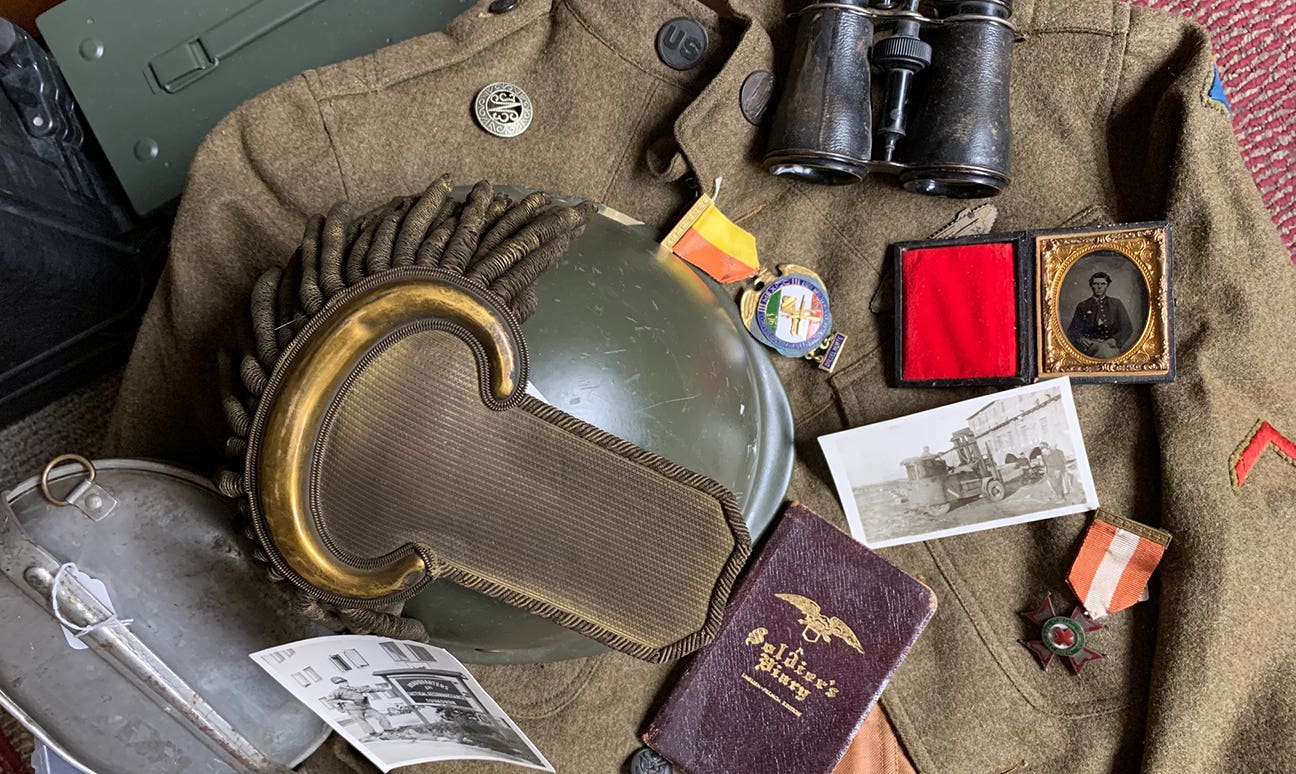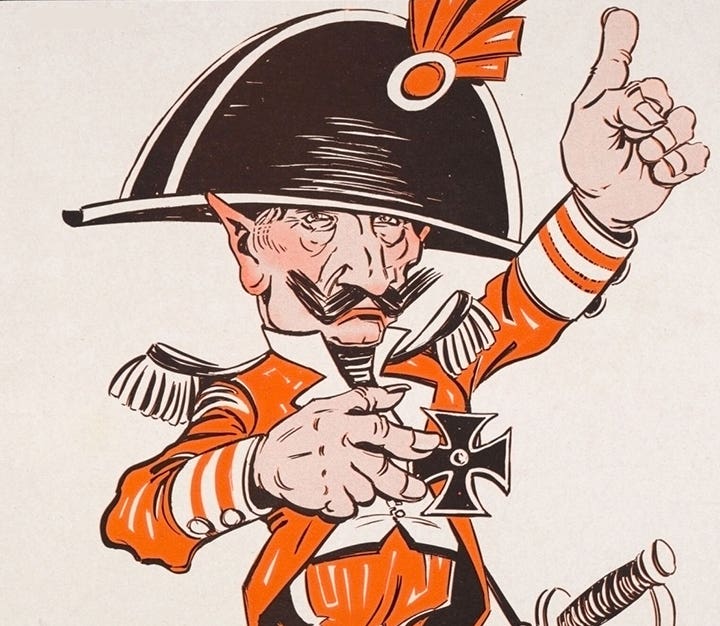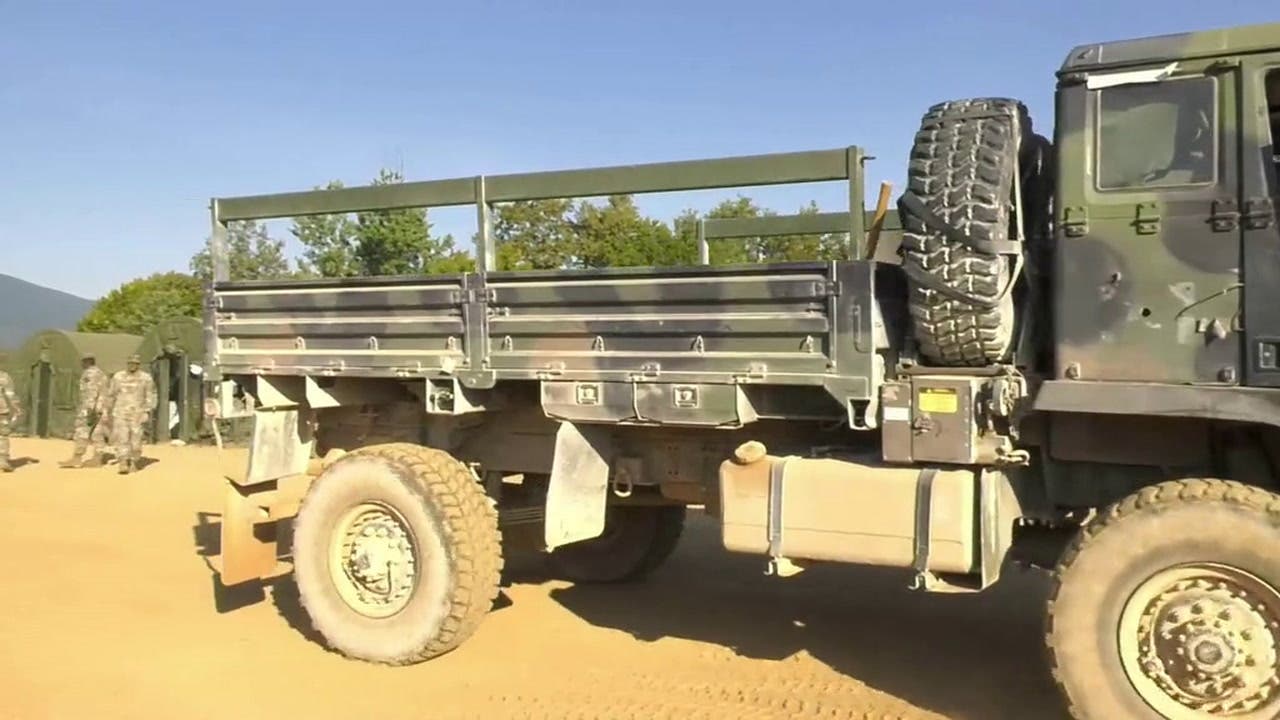“Monitor versus the Merrimack”
FAMOUS BATTLE HAS A PERSONAL MEANING On October 4, 1861, the United States Navy authorized construction of the first ironclad ship, the USS Monitor. Whereas only the most stalwart of…
FAMOUS BATTLE HAS A PERSONAL MEANING
On October 4, 1861, the United States Navy authorized construction of the first ironclad ship, the USS Monitor. Whereas only the most stalwart of US Navy historians or Civil War buffs will recognize the 158th anniversary, the story of the USS Monitor does stir a long-held, special memory for me.
THE FIRST AMERICAN IRONCLAD
The USS Monitor was an iron-hulled, steam-powered ironclad warship built for the Union Navy (United States Navy) during the American Civil War (1861–1865). Designed by the Swedish-born engineer and inventor John Ericsson, shipbuilders completed construction in only 101 days.
The impetus to build the ironclad were news reports that the Confederates had salvaged the scuttled USS Merrimack and were converting it into an iron-plated ship at the old Federal naval shipyard Gosport (near Norfolk, Va.) If the reports were correct, the new Confederate vessel, rechristened the CSS Virginia, would be able to engage and break the Union blockade at Hampton Roads Harbor and open the James River to Richmond.
The reports of the Merrimack's conversion were confirmed in late February 1862. Mary Louveste, a freed slave who worked as a housekeeper for one of the Confederate engineers working on Merrimack, made her way from Norfolk and through Confederate lines with first-hand accounts about the ironclad warship. In fact, she carried a message concealed in her dress. A Union sympathizer who worked in the Navy Yard wrote that the former Merrimack, now called the Virginia by the Confederates, was nearing completion. When Mary made it through the lines all the way to Washington, D.C., she secured a meeting with Secretary of the Navy Gideon Welles and shared the news that the Confederates were nearly ready to launch their ironclad ship. Welles believed Mary and the paper she delivered. He later recorded in his memoirs, “…Mrs. Louveste encountered no small risk in bringing this information...” He ordered the work on the Monitor to be hastened.
BATTLE AT HAMPTON ROADS
On March 8, 1862, Confederate Commander Franklin Buchanan was ready to engage the Union flotilla blockading the James River with his armored, but slow-moving, Virginia. The Merrimack's original engines powered his ironclad. However, they were not fresh. In fact, the US Navy had condemned the engines before the ship had been scuttled and subsequently captured by the Confederates. Regardless, the ship pushed into the harbor to attack the Union blockading squadron. In little time, the ironclad destroyed the sail frigates USS Cumberland and Congress. A third steamer, the USS Minnesota, ran aground while attempting to engage the Virginia.
Too late to engage the Virginia, the Monitor finally steamed into Hampton Roads around 9PM. She pulled in behind the Minnesota and her crew waited for daylight.
On the morning of the 9th, the Virginia renewed her attack. She sailed toward the Minnesota to finish her while still stranded. As the Virginia closed on the crippled Minnesota, the Monitor revealed itself and sailed between the aggressor and the floundering wooden frigate. For the next four hours, the Virginia concentrated its fire on the Monitor, receiving as good as she gave. Though dented and slightly injured, neither ship could seriously damage or defeat the other — they eventually withdrew in a draw.
Despite no victor, the action of March 9, 1862, was the first time armored warships battled each other. It marked a turning point in how naval warfare would be conducted.
A PERSONAL STORY
As I wrote earlier, the anniversary of the commitment to build the USS Monitor — or even that of the first clash of ironclads — probably doesn’t impact many of you. These events, however, spark a fond memory for me. You see, the story of The “Battle of the Monitor and the Merrimack” was one that I recounted many times before I was in Kindergarten (it would be years before I understood that the USS Merrimack had been renamed the CSS Virginia). And on one occasion, it was an instance when I knew my dad was proud of me.
I had learned the story about the ironclads from my Grandmother. Each day, after lunch, she would read a book to me before we took our nap together. When we were finished lunch, she instructed me to select a book while she cleared the table. After choosing one off the small, three-shelf walnut spindle rack in our piano room, I would race back to the kitchen and stand with the book hidden behind my bottom. Grandma would have to guess which book it was.
Grandma was probably way more diplomatic than I ever imagined. Heck, it was only a couple of years ago that I learned that she told EACH of her grandkids they were her favorite. For all these years, I believed I was her only favorite!
Well, I had three go-to books at that time: Tim and his Trains, something about fire engines, and my favorite, The How and Why Book of the American Civil War. The latter was easily twice the size of the others, so I am sure Grandma could see the edges of it poking from behind my denim coveralls. Regardless, she would make two or three incorrect guesses before I would whip the book around and declare, “The Civil War book!”
With dishes done and lunch put away, we would go to Grandma’s room. She would begin reading the book to me — but she didn’t need to. I had memorized most of it from the many previous readings. After our nap, I would draw pictures of the illustrations in the book. And of those illustrations, my favorite was that of the dueling ironclads.
I guess someone should have noticed my propensity for obsessiveness at that age. The clear cut sign would have been my non-ending explanation of the battle to anyone who would listen. I was clearly possessed by the notion of the stalemate between two advanced weapon systems.
Then, one day at my dad’s store, I was standing with my mom as she talked to a friend. Perhaps it was because Dad saw me fidgeting or just felt sorry for me having to stand quietly while Mom visited, I will never know. But, Dad came up and said, “John. Tell Mrs. X about the Monitor and Merrimack.” I didn’t hesitate to launch into a thorough telling of the story. I can remember Dad standing there with his arms crossed over his white cotton store apron, listening with a smile. When I was finished, I smiled as well. Dad gave me a hug, and I knew he was proud of me.
WHAT DRIVES US
Why do we collect or dive into history to discover the stories of the soldiers who served? There are many reasons, and I am sure it varies from person to person. But for me, I have to wonder if that fascination didn’t arise from the powerful affirmation of my dad.
I don’t know if the psychology is that deep, but I do know that through all of our years together, I shared a passion for history with my dad. And through the ups and downs, it was a constant presence that connected us.
So, thank you for indulging my observance of the anniversary of the USS Monitor — as you have read, it is sort of a personal thing for me!
Preserve the Memories,
John Adams-Graf
Editor, Military Trader and Military Vehicles Magazine



